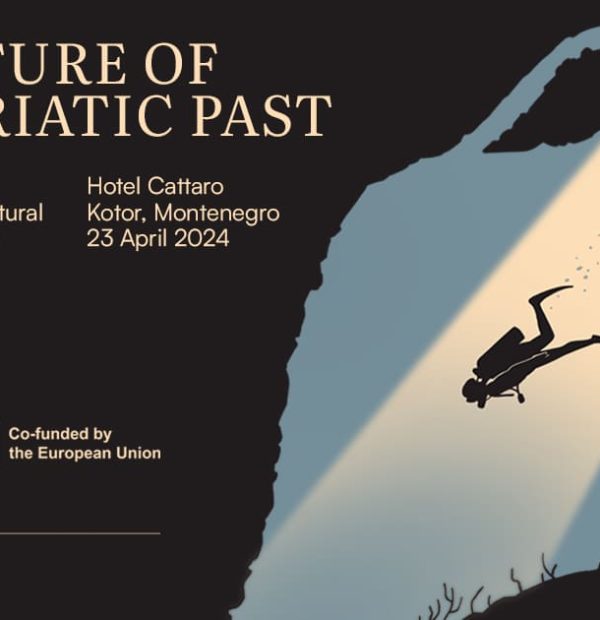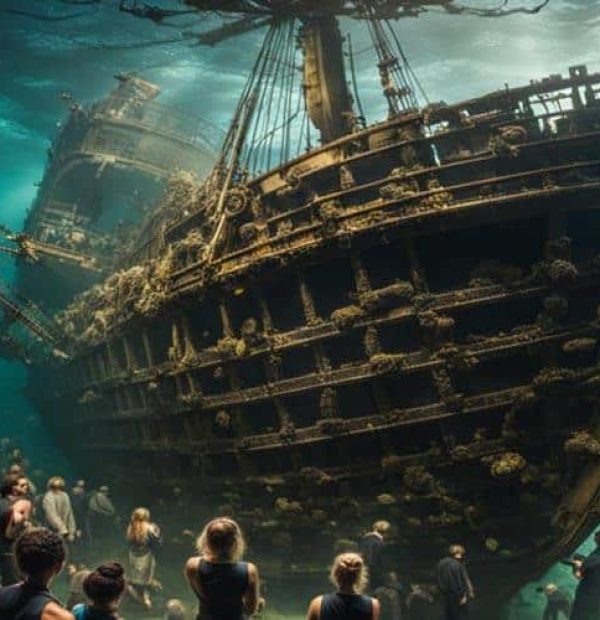Thursday, 16 May 2024
Menu

Cleaning up one of Spain’s beaches took an extremely interesting turn. While clearing the surrounding seabed of rubbish, the volunteers came across a very interesting find. Three cannons from the 16th century and the remains of a galley, a ship propelled mainly by oars, were located on the bottom. The discovery was made in Calpe, near Valencia, in the northern part of the province of Alicante.
Members of the Calpe fishermen’s association, together with many other organisations and institutions from the region, decided to organise a day dedicated to cleaning and tidying up the seabed near local beaches. How surprised the participants were when they came across a real treasure. Amongst the rubbish and debris of all kinds, they found three 16th century cannons and the remains of the galley where they were used in the past.
According to La Marina Plaza, the cannons were made in England, between 1570 and 1580. At that time, this type of armament was very common on all kinds of ships. The found cannons are quite different in dimensions. The first of them measures only 90 cm, while the others are already 240 cm and 280 cm long. In addition to the cannons, divers searching the bottom also found the remains of a wreck of a galley, from which the found cannons probably originate. According to the initial examination, the vessel most probably sank during a break in the weather, when it was heading for the port of Calpe to find shelter there. Unfortunately, the storm must have been too strong and the crew did not manage to reach the bay in time to save the ship.
The local Underwater Archaeology Center has decided that the cannons will not be picked up from the bottom and brought to the surface. All because of the detrimental effect of atmospheric conditions that would occur if objects resting for so long on the seabed came into contact with the air. The so-called accelerated oxidation process would occur, which would lead to irreversible damage. Also of significance here is the fact that Spain has ratified the UNESCO declaration, according to which objects such as cannons found on the seabed should remain where they are.

The Battle of the Galleys at Lepanto 1571 The forces of the Holy League smash the fleet of the Ottoman Empire
In addition, the UAC stated in its report that the whole context of the finds was important, warning and at the same time calling on the relevant local port authorities to carry out a thorough archaeological survey and environmental assessment before any work is undertaken that could have an irreversible impact on the surrounding area. In practice, this means that any work planned in the area, could drag on for several years.
Underwater archaeologists, on the other hand, hope that the found artefacts are only the beginning and as a result of thorough research it will be possible to find significantly more items than before. They do not exclude the discovery of more cannons, ammunition and other items that could have been on the 16th century ship.
According to the plan of action, all recovered objects will be taken from the seabed and then examined, measured, photographed and documented in a warehouse on shore, to be returned to the place from which they were taken the next day at the latest.
It is worth mentioning that apart from the huge success of finding the cannons, the clean-up itself was also fruitful. During the whole operation, 1540 kg of rubbish were recovered from the bottom of the Mediterranean Sea. Many boats and crowds of divers took part in the clean-up throughout the day. As you can see, similar initiatives can take very unexpected but interesting directions in addition to their intended purpose.
Source: ancient-origins.es










Welcome to DIVERS24.COM, your daily source of scuba news, freediving, scuba diving information, and equipment reviews. Our comprehensive coverage of the dive industry from A to Z provides you with all the latest scuba news, training updates, underwater photography tips, and everything else related to scuba diving. Whether you’re a beginner or an experienced diver looking for more knowledge about scuba gear or techniques – we’ve got it covered! With our in-depth articles written by experienced divers who have been there and done that, you are sure to find exactly what you need here at Divers24.com. Dive into scuba news today!
Underwater Media Sp. z o.o.
Szafarnia 11/F8,
80-755 Gdansk, Poland
Welcome to DIVERS24.COM, your daily source of scuba news, freediving, and scuba diving information. Sign in for a weekly news update and discount coupons for dive gear and apparel.
@2023 - underwatermedia.pl. All Right Reserved. Designed and Developed by Tworzenie stron internetowych Gdansk

The Divers24 portal is currently the largest online medium treating diving in Poland. Since 2010 we have been providing interesting and important information from Poland and around the world on all forms of diving and related activities.
Contact us: info@divers24.com